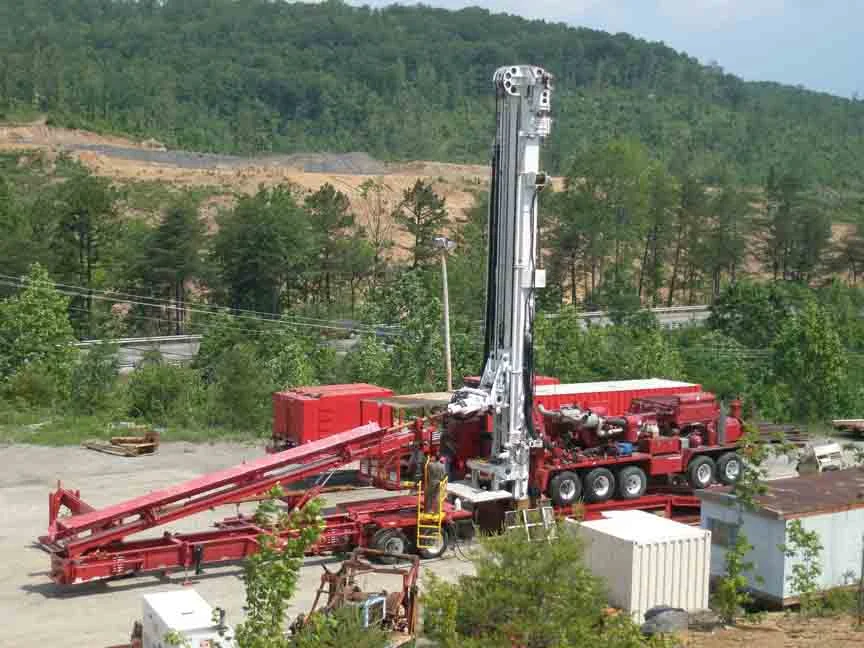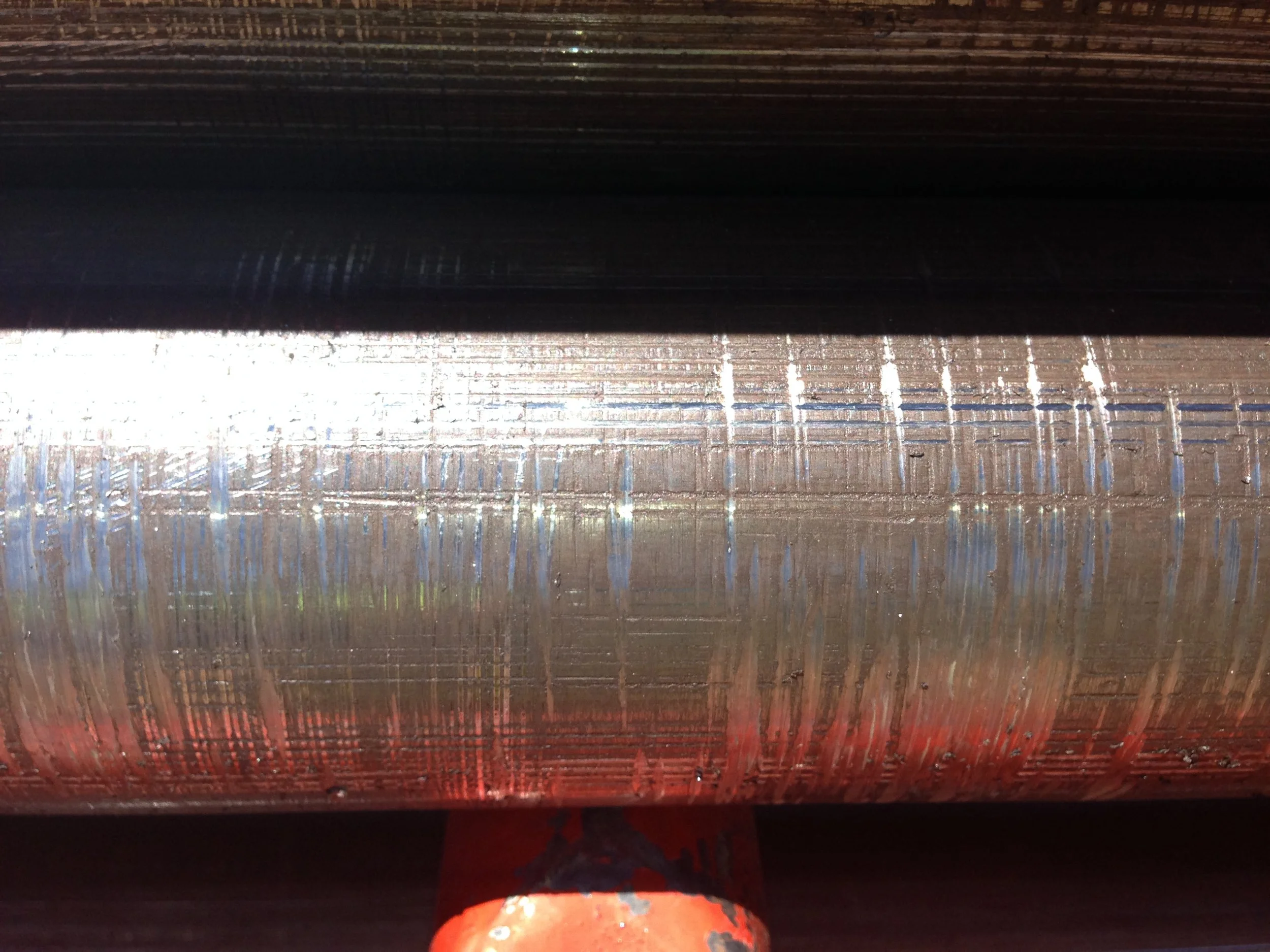Hands-free Rod Handling Systems
By Colin Rice · Colin Rice Exploration Drilling Advisory · www.colinrice.co.za
The call to increase levels of automation in drilling operations is greater than ever. Before money is spent and rigs are adapted, we need to establish if we all have the same idea of what automation means.
This is the first article of our Technical Series on the Hands-Free Rod Handling Systems. Click here for an outline of the entire Hands-free Rod Handling Systems Series.
One of the hot topics at the recent Drill Rig and Safety Innovation Forum was drill rig automation, in particular, hands-free rod handling systems. For those that missed it, Eugene Nienaber of Major Drilling presented a very interesting overview as well as some of the economic aspects associated with implementing hands-free systems. This series of articles outline what was presented and delves a little deeper into the pros and cons of the different systems.
In recent years, many mining and exploration companies have called for increased levels of “automation” in drilling operations.
Whilst this is understandable in the current climate, the question remains, do we all have the same idea of what automation means?
In the context of a drilling operation, I believe that automation has three facets:
1. Drilling process automation – this is achieved through controlling the essential drilling parameters; rotational speed, weight on bit, torque, flow rates and circulating pressures to control rate of advance using a computer based control system.
2. Data collection automation - this is achieved through the electronic control system. Data such as rate of advance, rotational speed, bit thrust and torque can be used to add to the geological data obtained from the core sample.
3. Ancillary drilling process automation - drillstring tripping through the use of hands-free rod handling systems.
This series of articles focuses on ancillary drilling process automation, an example of which is hands-free rod handling.
What is hands-free rod handling?
I believe that hands-free rod handling can be defined as, a process to trip drill rods and casing completely through the use of mechanical aids that eliminate the requirement for a human being to touch a drill rod or length of casing.
Clearly, mining companies want contractors to fit these systems to improve safety performance by eliminating risks associated with drill rod tripping operations. The perception is that this will stop injuries associated with drill rod tripping by eliminating the requirement for personnel to manually handle drill rods, drillpipe or casing. In addition, it is expected that a hands-free system will remove personnel from the area around suspended loads and will also eliminate injuries caused by the repetitive nature of drill rod tripping operations.
The pertinent question is, are these systems effective and do they really improve safety performance?
In order to answer this question, a thorough understanding of the different types of available hands-free systems and how they work needs to be established. To gain this understanding, we need to distinguish between top drive and hydraulic longstroke drills as well as the drill rods or drillpipe used for different drilling methods.
Rotary, rotary percussion and dual-tube reverse circulation operations use long lengths of drillpipe (typically 6 metres or longer) which are manufactured from thick walled tubing. This drillpipe is therefore extremely heavy and cannot (should not) be manually handled. Many contractors however, do manually handle drillpipe of this type using either a clam-shell arrangement or through the tilt functionality of the rotation head. These methods of handling drillpipe are extremely hazardous and there are significant risks associated with these practices.
In these situations, where the mass of a length of drillpipe is large, migration towards hands-free systems should be a non-negotiable requirement for all drilling companies.
Wireline diamond coring drill rods on the other hand, are manufactured from very thin walled alloy tubing and have connections machined directly into the tube. For this reason, wireline diamond core drill rods are much lighter than rotary or rotary percussion drillpipe and can therefore be manually managed, fairly easily. Drill rod tripping processes however, will place personnel close to suspended loads and for this reason alone manufacturers are actively exploring hands-free systems that can be effectively applied to diamond drilling operations.
Image from MBI Drilling Products
The next article in this series explores the different types of hands-free rod loading systems.











The exploration drilling industry is undoubtedly experiencing significant pressure to improve levels of safety performance through the implementation of a number of safety innovations…